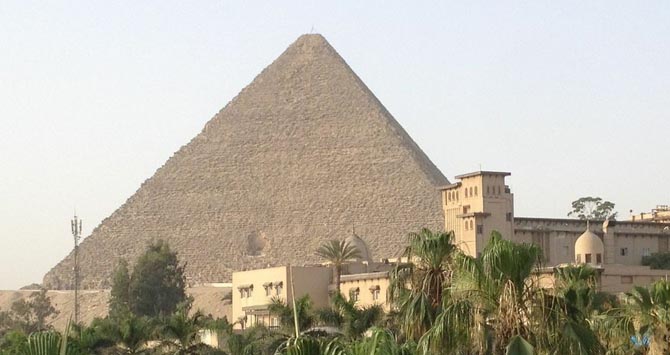A lesson from Giza
As humans aggregate in ever-increasing numbers in places we call cities, the density forces us to live in the air. Tall buildings were once a symbol of confidence, marking a society as technically capable and economically strong. Now it’s simply a question of necessity.
Every few years a new “world’s tallest building” overtakes the last one as we reach higher and higher into the sky. But spare a thought for the building that stood as the world’s tallest structure for more than 4,000 years, much of recorded human history, and consider what we can learn from that.

Great Pyramid at Giza, Egypt. Photo by Steve Burrows.
The Great Pyramid at Giza was the culmination of about 100 years of technological innovation by one of the world’s great civilizations. Density wasn’t the goal — it was occupied by only one man. But what can we learn from something that dominated the planet’s tallest building table for such a long time?
Firstly, longevity equals sustainability. Building something to last is the best use of resources, and if we consider design life in the design, then we can lower the life-cycle cost and carbon footprint much more than we can by applying green code standards.
Secondly, materials put together well are durable, and the fashion towards materials that have different chemical and thermal properties sealed together by goo in the joints may be cheaper to erect but leaves a legacy of leaks and maintenance that limits the performance.
Thirdly, practice makes perfect. The Egyptians trained their workforce, honed their skills and improved over time in a step-by-step way. Skilled workers, in design and construction, are vital ingredients in delivering consistent quality. The construction industry is presently too fragmented to deliver continuous improvement.
In a world where vertical living is an inevitable near-term future, the legacy we leave will be based on the decisions we make today. Learning from the past is one way to ensure we can be proud of our achievements, rather than regretting them.
The triangle of time, cost and quality is a balancing act. When we get it right, the result is like a perfect pyramid.






